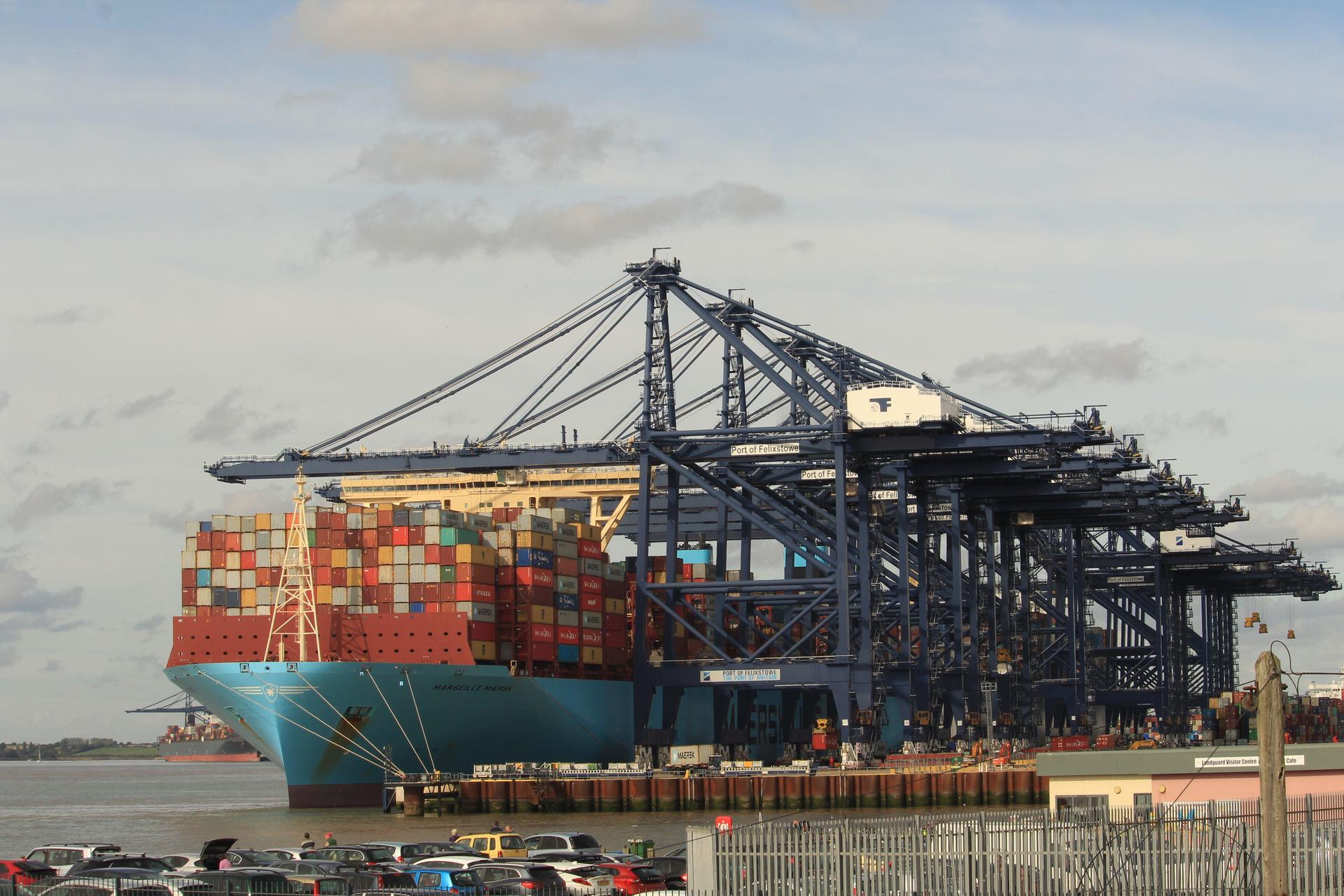In 2021, global trade reached an all-time high of $28.5 trillion.
The indicator increased by 25% compared to 2020 and by 13% compared to the pre-crisis level of 2019.
This is stated in the report of the United Nations Conference on Trade and Development (UNCTAD) published on Thursday, February 17.
“The positive trend in international trade in 2021 was largely driven by higher commodity prices, the easing of pandemic-related restrictions and a strong recovery in demand thanks to economic stimulus packages,” UNCTAD said.
The gradual lifting of quarantine measures in most countries and large-scale state programs to support the economies have led to a sharp revival of business activity in the world.
It was as a result of this that global demand for goods and services began to grow rapidly, Mark Goykhman, chief analyst at TeleTrade Group, told RT.
According to the expert, the surge in consumption has faced restrictions in the extraction and production of raw materials.
So, during the pandemic, many enterprises curtailed their industrial capacities due to low demand and often “overly fast transition to green energy,” the specialist noted.
Meanwhile, the restoration of frozen production takes time, so the supply cannot yet cover the existing demand, the analyst added.
“As a result, following the results of last year, we saw a significant rise in the price of oil, gas, coal, as well as a number of metals.
In turn, an increase in prices for any resource always contributes to an increase in the cost of other products due to a certain interchangeability and a general increase in costs, ”Goykhman emphasized.
So, in addition to the rise in the cost of energy and metals in 2021, one could observe a rush increase in the cost of food.
From January to December, world food prices rose by almost a quarter and reached a ten-year high.
This is evidenced by the materials of the Food and Agriculture Organization of the United Nations (FAO).
One of the reasons for the global increase in commodity prices last year was also logistical failures and disruptions in production chains.
This was told to RT by the director of the Trade Policy Institute of the National Research University Higher School of Economics Alexander Daniltsev.
“As a result of the effects of the pandemic, transport links were disrupted and deliveries became irregular.
Now there is a restoration of trade channels, however, logistics companies have significantly increased their tariffs, which is reflected in the final cost of goods, ”Daniltsev explained.
However, in the near future, the effect of the consequences of the pandemic will weaken, UNCTAD analysts say.
According to the experts of the organization, "during 2022, trends in international trade will normalize", but at the same time, the expansion of global trade will also slow down.
On the same wave
The record growth in world trade in 2021 has also affected Russia.
According to the Federal Customs Service, from January to December, the country's external trade increased by almost 38% compared to the same period in 2020 and exceeded $789 billion.
The volume of deliveries of Russian goods abroad increased by about 46% and amounted to about $493 billion. In turn, imports of foreign products added about 26.5% and reached $296 billion.
“Russia has entered the global trend.
Against the background of the pandemic and the disruption of traditional trade ties, new niches have emerged in the global market.
Russian companies tried to occupy these niches and managed quite successfully, which had a positive impact on budget revenues from taxes and duties,” said Alexander Daniltsev.
Legion Media
Although fuel and energy products have traditionally become the basis of Russian exports in 2021 (with a share of 54.3%), the country managed to significantly increase the supply of non-commodity products.
The corresponding indicator grew by more than a third and reached a record $193 billion. This is evidenced by the data of the Russian Export Center (REC).
According to the organization’s assessment, the list of the main directions of Russia’s non-commodity exports in 2021 included metals, chemical products, engineering products and food.
At the same time, China, Kazakhstan, Belarus, Turkey and the USA became the main buyers.
“Our companies are conquering new markets, which leads to increased sales.
This is good for our economy: employment and business activity are increasing, tax revenues to the budget are increasing.
In addition, the quality of finished products is growing, since in order to successfully enter new sales markets, Russian enterprises must produce competitive goods,” Alexander Daniltsev explained.
As the situation in the global economy normalizes, the growth rate of Russian trade turnover will slow down, Mark Goykhman believes.
However, according to the specialist, the continued growth in demand and prices for raw materials in the world will continue to have a positive impact on the dynamics of the country's exports.
“The export of raw materials that are becoming more expensive strengthens the balance of payments and trade, and also increases the reliability of the financial system.
In the current environment, we should expect an increase in the inflow of funds into reserves.
Thus, the state will not have to once again borrow funds on the foreign market, and this may lead to a decrease in the volume of public debt,” Mark Goykhman concluded.

